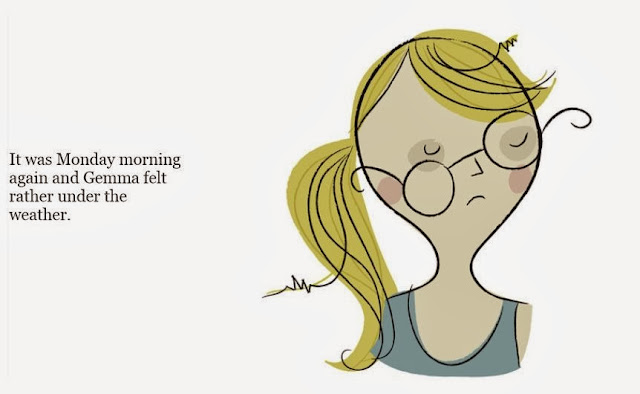Today’s seminar allowed
us to explore and access a range of websites, including Web 2 technologies,
that ourselves can use in future practice. Web 2 being new and updated software
which include features that software in the past do not e.g. social networking
sites, blogs and wikis. Thus allowing individuals to share and communicate with
one another.
Within the seminar we looked
at Tagxedo, JigZone and Storybird (examples above). They may see simple however
they are websites that can be easily accessed by children and used in school.
I found most challenging
not necessarily creating the media but being able to transfer it onto the
blogger site. I had not yet experienced creating and using digital literacies
therefore I found I really had to give attention to the task in hand and take
it step by step. In addition, the world wide web has opened up a whole new
dictionary of words and phrases that, I realised through this seminar, I am yet
to be accustomed too. Consequently this raised a concern that if I do
not understand all of the terminology then how will I approach this in the classroom in order for
children to engage. Thus creating an implication for my future practice to ensure I am confident with the terminology I am using which will enable me to support
children’s questions and queries (like my own).
Personally, I enjoyed
exploring all of the websites and how I could use them in my future practice. From
my experience I believe Tagxedo and JigZone to be for a younger age group as
they are simple and efficient to use. StoryBird I can see being used in Key
Stage 2, for children presenting their written work into a different format. Still,
all three of the websites were easily accessible and looked so professional on
the screen. I personally felt quite proud to share the finished product; a key
element of being digitally literate. This has encouraged me to use web 2 technologies
in my future practice; if children are to gather a range of different skills
and feelings like I did.Barriers towards complete success when using these technologies could be children’s previous knowledge and experience. If an individual knew very little it could be very challenging however if an individual was very confident then the learning could become dull; either way engagement could be easily lost. Nevertheless the new National Curriculum (2013) supports the use of new technologies for pupils to create programs, systems and a range of content. As well as ensuring ‘pupils become digitally literate – able to use, and express themselves and develop their ideas through, information and communication technology’ (DfE, 2013). I feel particularly StoryBird has the potential for children to express and develop their ideas in to a piece of work. A piece that can be presented in a diverse way that children may not have experienced before and as teachers it is important we provide new and exciting learning experiences.
Jones and Hafner (2012:12) argue that individuals being able to use media does not only mean how to operate a machine but the ability to creatively engage in particular social practices, social identities and to form or maintain social relationships, the term being ‘literacies’. Therefore to employ the use of web 2 technologies within the classroom can aid in the development of children becoming digitally literate. Which as Jones and Hafner have suggested can be applied to all areas of future life.
DfE (2013)
The National Curriculum in England 2014 [online] https://www.gov.uk/government/uploads/system/uploads/attachment_data/file/244223/PRIMARY_national_curriculum3.pdf (Accessed 10th February 2014)
Jones, R.H. & Hafner, C.A. (2012) Understanding
Digital Literacies: A Practical Introduction Abingdon: Routledge
http://www.techterms.com/definition/web20
Tagxedo www.tagxedo.com/(Online)
JigZone www.jigzone.com/ (Online)
My Story by StoryBird.. http://storybird.com/books/love-is-in-the-air-89/
(Online)



No comments:
Post a Comment